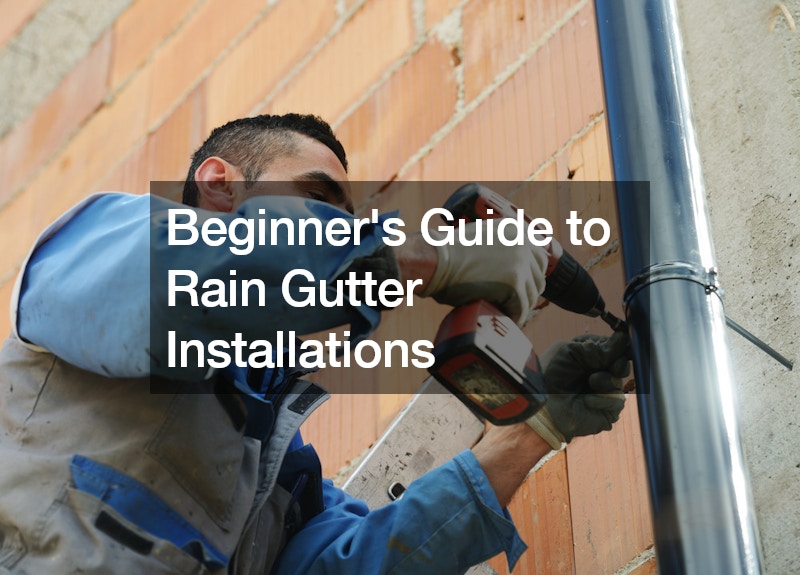For beginners embarking on rain gutter installations, it’s crucial to understand the fundamentals to ensure a successful and effective setup. Rain gutters play a vital role in directing rainwater away from your home’s foundation, preventing water damage, erosion, and flooding. Start by assessing your home’s needs and determining the appropriate gutter size, style, and material for your specific environment and climate.
Common gutter materials include aluminum, vinyl, steel, and copper, each offering different benefits in terms of durability, aesthetics, and maintenance requirements.
Next, carefully measure and plan the layout of your gutter system, taking into account factors such as roof slope, downspout placement, and drainage requirements. Properly sized gutters and downspouts are essential for efficiently channeling rainwater away from your home and preventing overflow or clogs. When installing gutters, ensure they are securely attached to your home’s fascia board or roofline using durable gutter hangers or brackets. Use a level to ensure proper alignment and slope for optimal water flow towards the downspouts.
Once installed, regularly inspect and maintain your gutter system to prevent clogs, leaks, and other issues. Clean gutters and downspouts of debris, leaves, and sediment regularly, especially during the fall season when leaves are abundant. By following these beginner’s guide to rain gutter installations, you can effectively protect your home from water damage and maintain its structural integrity for years to come.

